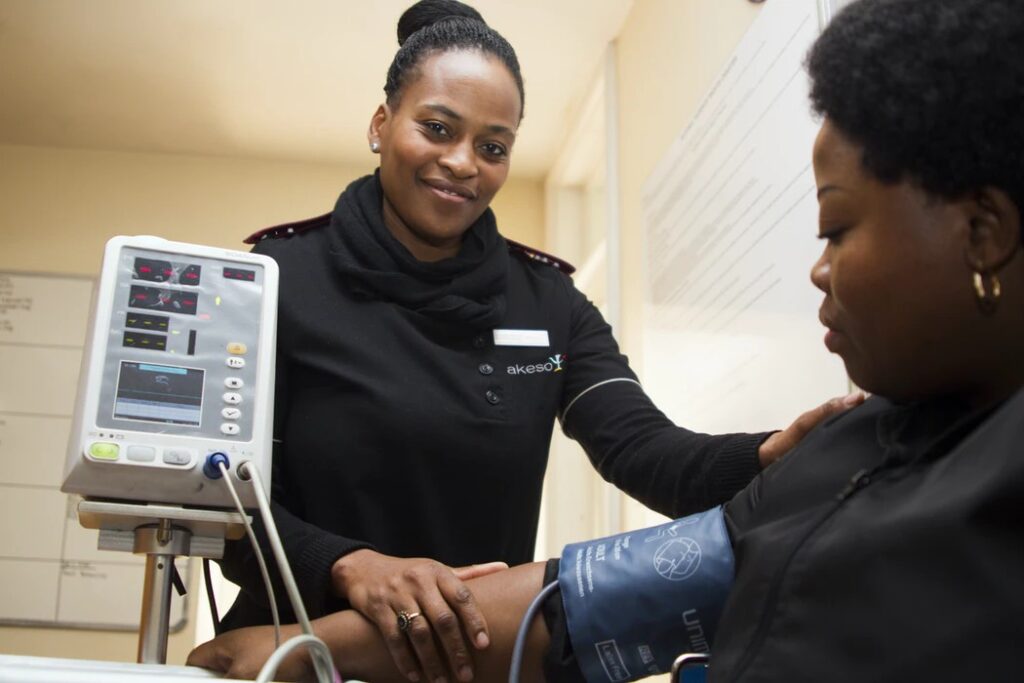Diabetes and Hypertension both are linked with each other. Both hypertension and Diabetes are metabolic disorders and correlated with each other. Diabetes damage the blood vessels and arteries resulting in increase in atherosclerosis which leads to hypertension, renal disorders and cardiovascular diseases. Hypertension is usually caused in elderly population but off late it is seen in mid 40’s population in India.
Common Factors causing both Hypertension and Diabetes:
- Obesity
- Stress
- Bad lifestyle
- Increased cholesterol
- Hypothyroidism
- Improper Diet: Junk food, sweets
- Smoking
- Alcoholism
All these are some common factors which one needs to work upon. Type 1 Diabetes occurs in younger age and adolescence. But it can also occur in later age. In type 1 diabetes, immune system hampers the pancreas which produces insulin.
Type 2 Diabetes occurs in later age of life and so does hypertension. Usually there is accidental detection of Diabetes and hypertension by the physician. When a middle aged patient complains of severe headache and goes to the physician where he actually finds out with the physician.
Epidemiology:
In the US population, hypertension occurs in approximately 35% of patients with type 1 diabetes and in 40% to 90% of patients with type 2 diabetes. A cohort study in the United States revealed that type 2 diabetes mellitus was almost 3 times likely to develop in population with hypertension as in subjects with normal blood pressure.
According to the AHA, blood vessels in the brain are more susceptible to damage due to high blood pressure. This makes it a major risk factor for dementia and stroke.
Gestational Diabetes usually occurs in pregnancy where the blood pressure rises. A lady who manages to maintain her blood sugar levels maintains her blood pressure.
White-coat hypertension is defined as increased office blood pressure (≥140/90 mmHg) usually at doctor’s clinic and normal home blood pressure (<135/85 mmHg).
Role of hyperglycemia:
The biochemical changes of diabetes of both microvascular and macrovascular complications is well established. Hyperglycemia-induced abnormalities in the hexosamine, polyol and protein kinase C pathways have revealed to cause tissue damage in diabetes. In addition to this, hyperglycemia helps the formation of toxic advanced glycated end products and induces glomerular hyperfiltration, growth factor expression, and free radical damage from reactive oxygen genre.
The pathophysiologic link between hyperglycemia and hypertension includes direct effects of glucose, activation of protein kinase C, activation of athero-inflammatory cytokines, endothelial dysfunction from oxidative stress, and epigenetic changes and others. The imposing factor of hypertension on diabetes further aggravates microvascular and macrovascular complications through additive mechanisms that include artery and capillary damage in renal, retinal, cerebral, coronary and peripheral vascular territories.
Management of Diabetes and Hypertension:
- Diet: Avoid junk food, smoking, alcohol, limit salt intake, sweets, fried, and potatoes. Use plate diet method. Have fruits instead of juices.
- Improve your lifestyle.
- Exercising regularly keeps you fit to prevent obesity.
- Monitor regularly your blood pressure and blood sugar levels to keep a check.
- Keep yourself well hydrated.
Treatment and Medication:
Most of the diabetologist use ACE inhibitors (angiotensin converting enzyme inhibitors) and ARBs (angiotensin II receptor blockers). Even though other medicines treat high blood pressure, these medicines also prevent or slow kidney disease in patients with diabetes.
Metformin and it’s combination are used to control Diabetes. Insulin injections are used usually in uncontrolled Diabetes and type 1 Diabetes.
Hence both Diabetes with superimposed hypertension raises an alarming signal if not well treated.







